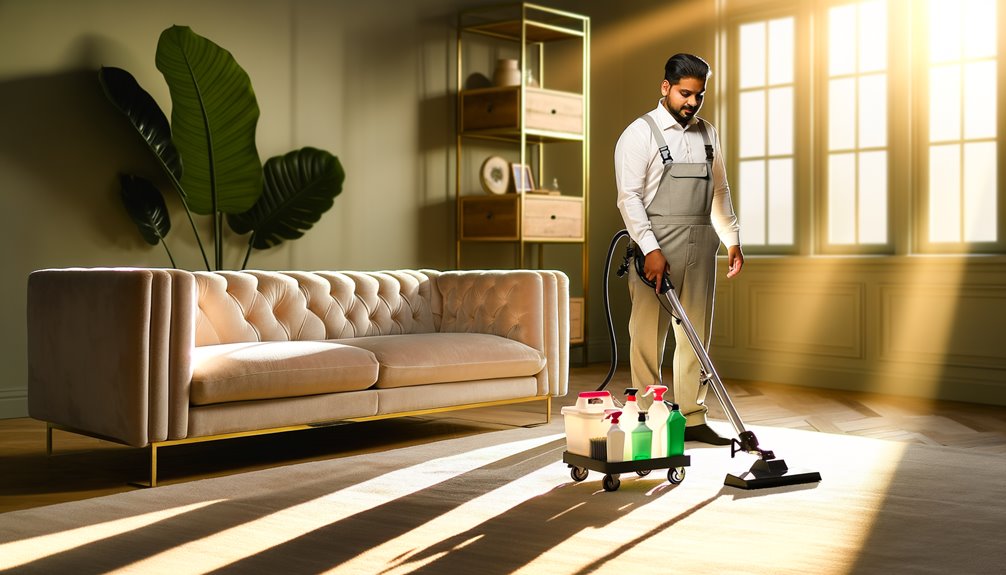If you want carpets that hold appearance, warranty, and indoor air quality, a HydraCleans Maintenance Plan aligns service with traffic loads and CRI/IICRC standards. You’ll get scheduled pre-vacuuming, pile brushing, hot-water extraction, and fiber-safe protectants that control soil load, allergens, and wear. Plans include inspections, floorplan labeling, and clear access windows, with ATP and particle-count validation. It’s a proactive approach that reduces lifecycle cost and reactive fixes—so the question becomes which plan matches your home’s usage.
Why Proactive Carpet Care Beats Reactive Cleaning

Building a proactive carpet care program reduces soil load, extends fiber life, and lowers lifecycle costs by preventing abrasive particulate from bonding to pile before it requires aggressive restoration. You’ll protect appearance standards and safeguard indoor health by addressing soils before they migrate, oxidize, and etch fibers. Use preventive inspections to identify traffic lanes, pivot points, and wicking risks, then schedule targeted interventions. Incorporate regular brushing to lift dry particulate from the upper and lower pile, reducing reliance on invasive methods. By controlling dry soil, moisture, and chemistry in measured intervals, you minimize downtime, preserve warranties, and consistently serve occupants’ needs.
What’s Included in a HydraCleans Maintenance Plan
Typically, a HydraCleans Maintenance Plan specifies defined service tiers, inspection cadence, and task frequency aligned to traffic intensity and manufacturer standards (CRI, IICRC). You’ll receive a documented scope: pre-vacuuming specs, spot and spill response protocols, fiber-specific chemistry, and hot-water extraction parameters. We include routine inspections with soil load assessments, pH and residue checks, and pile-lifting where indicated. Technicians log findings, update work orders, and verify appearance benchmarks. You get custom scheduling calibrated to use patterns, warranty requirements, and budget. Plans cover protector reapplication intervals, seam and edge monitoring, dwell-time control, drying verification, and safety compliance. Reports provide actionable recommendations and accountability.
Scheduled Cleanings That Fit Your Home’s Traffic Patterns
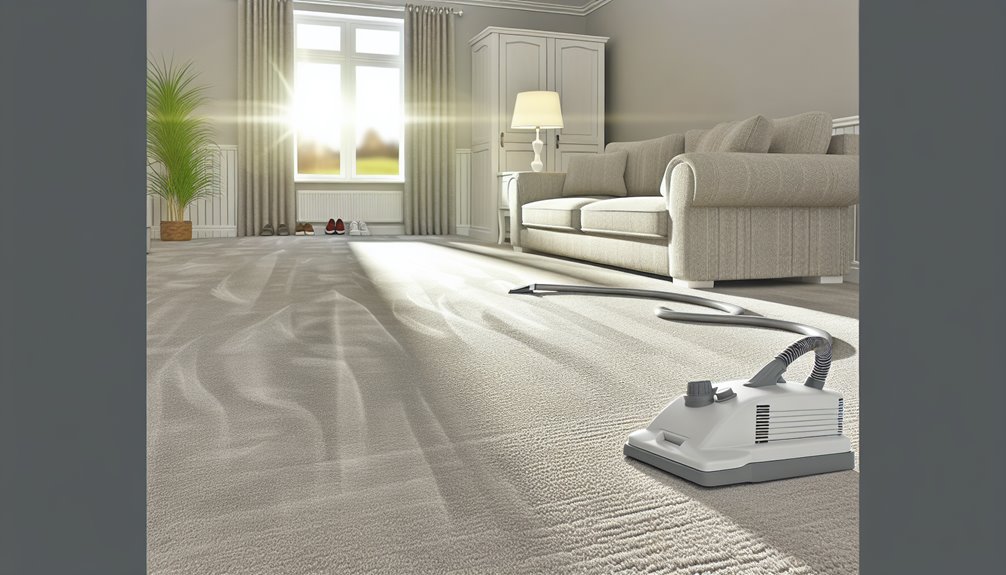
With the plan’s scope and inspection cadence defined, scheduling aligns cleaning cycles to actual footfall zones in your home. You’ll map High traffic corridors, moderate zones, and low-use rooms, then calibrate rotation schedules to preserve pile integrity and appearance. We’ll time Seasonal adjustments to humidity, occupancy, and holiday hosting, and automate maintenance reminders so you never miss an interval that supports warranty standards and hygienic baselines.
- Segment zones by traffic counts and fiber type; assign frequencies accordingly.
- Sequence tasks to minimize downtime and re-soiling risk.
- Sync Seasonal deep cleans with HVAC filter changes.
- Audit outcomes, refine intervals, and update rotation schedules.
Stain and Odor Defense for Busy Households
Even in well-run homes, rapid response and the right chemistry prevent spots from setting and odors from binding to carpet backings. You implement a quick response protocol: blot, apply measured solution, extract, verify. HydraCleans equips you with pet friendly, pH-targeted detergents and oxidizers, plus enzyme-based, odor neutralizing agents for urine, dander, and food soils. We map spill zones, stage kits, and train caregivers to follow ANSI/IICRC S100 procedures. Stain blocking protectants are reapplied on wear lanes to reduce wicking and re-soiling. You document each incident, confirm dwell times, and schedule follow-up flushes, ensuring hygienic, service-ready spaces day and night.
Fiber-Safe Treatments That Preserve Texture and Color
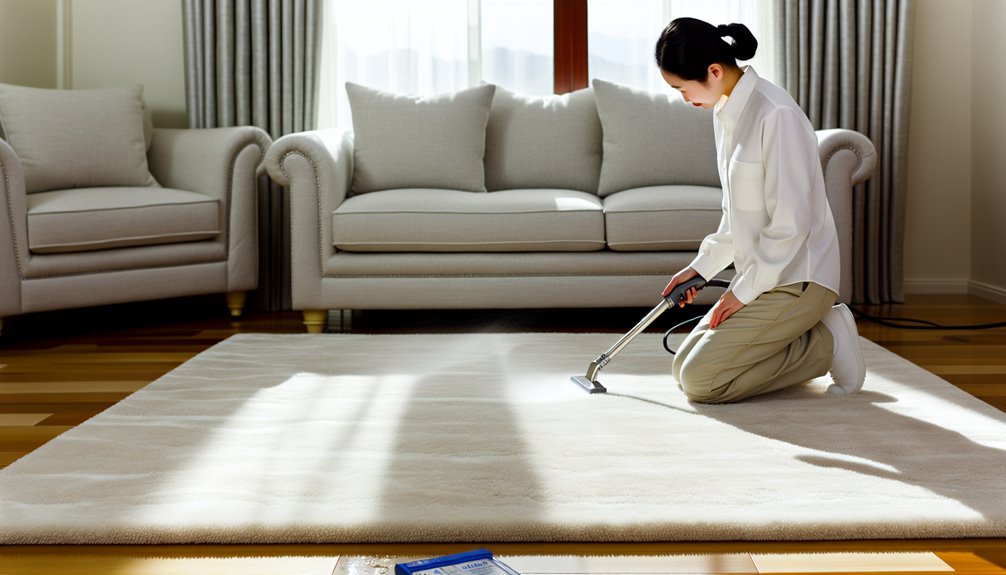
Rapid spot control only succeeds long term when your chemistry respects the carpet’s construction. You verify fiber content, pH tolerance, and dye method before applying any agent. You select solutions that deliver color retention and pile protection without residue that embrittles yarns or wicks soils. You validate with manufacturer specifications and IICRC S300 procedures to keep texture crisp and hues stable.
- Test in an inconspicuous area; confirm no dye bleed, distortion, or re-soiling risk.
- Match pH: wool 4.5–5.5, nylon 6–8, olefin 7–9.
- Use cationic protectants on acid-dyed nylon; avoid on wool.
- Rinse-neutralize; verify softness and uniform light reflectance.
Extending Carpet Lifespan and Protecting Your Investment
Although appearance drives most decisions, extending carpet lifespan starts with a standards-based plan that reduces abrasion, controls soil load, and preserves fiber integrity. You’ll protect backing, seams, and face yarns by matching cleaning frequency to traffic mapping and using CRI-approved methods. We calibrate chemistry, moisture, and agitation to prevent tip bloom and binder stress. Routine dry soil extraction limits micro-cutting, while scheduled Fiber restoration reverses compression and improves resiliency. Spotting protocols isolate dyes and prevent wicking. Edge-to-edge grooming realigns pile for uniform wear. Documented service cycles support Warranty protection, validate manufacturer specs, and help you steward budgets while honoring occupant expectations.
Healthier Indoor Air Through Deep Allergen Removal
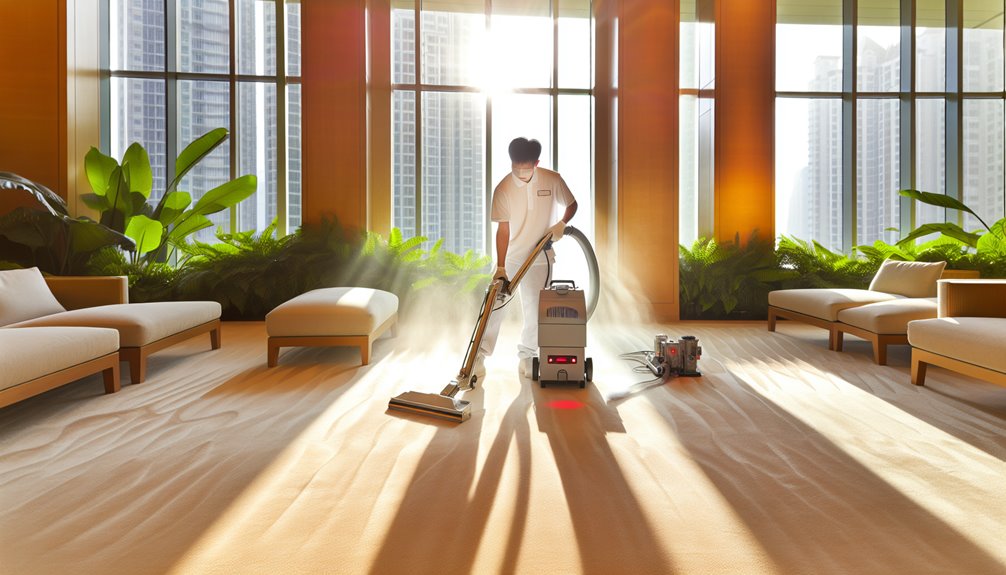
Protecting carpet structure also protects the air you breathe, because fibers act as a reservoir for respirable dust, allergens, and bioaerosols. With scheduled deep extraction, you achieve measurable allergen reduction and support effective air filtration by limiting re-aerosolization. We follow IICRC standards, verify moisture control, and use HEPA-contained equipment to safeguard occupants and sensitive environments.
- Pre-vacuum with CRI Gold equipment to capture PM10/PM2.5 before wet processes.
- Apply CRI Seal of Approval chemistry; agitate for full pile penetration.
- Hot-water extract with sub-surface recovery; confirm low residual moisture.
- Post-groom, then verify with particle counts and ATP screening, documenting improvements.
Cost Savings Compared to Occasional One-Off Cleanings
When you replace sporadic cleanings with a standards-based maintenance plan, lifecycle costs drop through reduced soil load, slower fiber abrasion, and fewer restorative interventions. You schedule task frequencies by traffic class, aligning vacuuming, interim encapsulation, and periodic hot-water extraction to IICRC guidance. This prevents matting that demands costly restoration, extends appearance retention, and protects mill warranties. Predictable visits stabilize budgeting and yield measurable annual savings. You also achieve emergency avoidance by reducing wick-backs, spots reappearing, and moisture issues that trigger urgent calls. Fewer service disruptions mean your team serves occupants better, while your carpets last longer before replacement capital is required.
Eco-Conscious Products and Family-Safe Processes
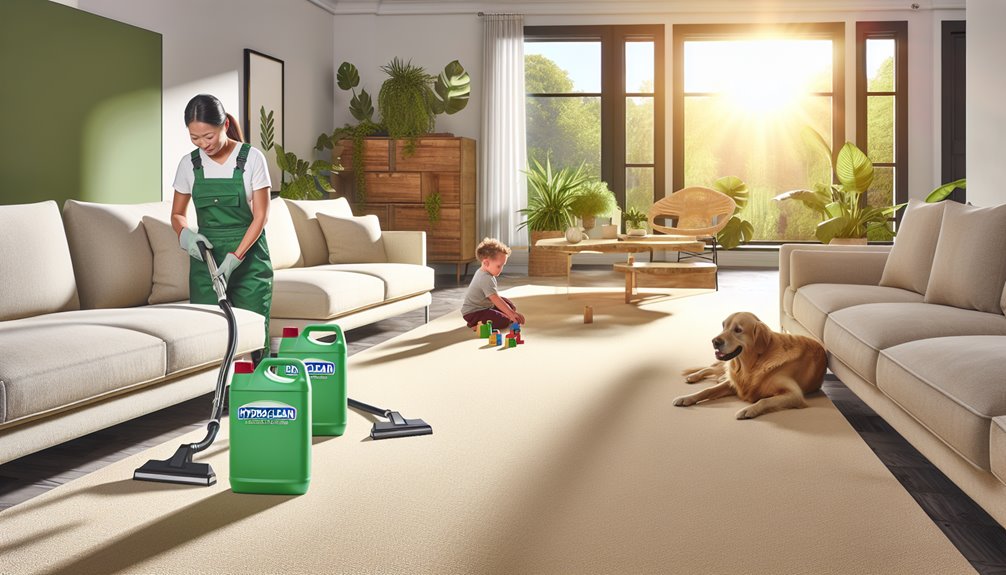
Cost control isn’t the only performance metric in a maintenance plan; product selection and process design must also meet environmental and human health criteria. You’ll specify plant friendly detergents, low-residue chemistry, and precise dwell times to protect fibers and indoor air. We validate inputs against EPA Safer Choice and CRI Seal of Approval, and we document rinse neutrality for re-soil resistance and sustainability.
- Source-reduced packaging and dilution control to minimize waste.
- HEPA-sealed extraction meeting ISO 29463 efficiency benchmarks.
- Greywater management compliant with local discharge permits.
- Ventilated, child safe drying protocols with continuous moisture logging to verify safe, rapid return-to-service.
How to Choose the Right Plan and Get Started
Although budgets matter, you’ll select a maintenance plan by quantifying soil load, traffic patterns, fiber/backup construction, and warranty constraints, then mapping those to service frequencies, methods, and verification metrics. Begin with a site walk, capture square footage by zone, and note entry soils. Align IICRC-recommended cleaning intervals to your risk profile. Compare pricing tiers that bundle interim encapsulation, hot-water extraction, spot response, and post-clean audits. Request trial periods to validate appearance retention and dry-time targets. Define KPIs: soil-transfer tests, gloss/reflectance, resoiling rate, and complaint resolution time. Schedule onboarding: floorplan labeling, access windows, safety approvals, and communication protocols. Then launch.
Conclusion
As the proud owner of Hydra Clean here in Hattiesburg, MS, I genuinely want to help you keep your carpets looking their best for years to come. Our maintenance plans are designed with your needs in mind, ensuring your investment is well cared for and your home remains a haven. If you’re ready to discover how we can make a difference for your carpets, I invite you to visit myhydraclean.com or give us a call at (601) 336-2411. I look forward to speaking with you and helping you achieve a clean and beautiful home!

